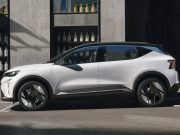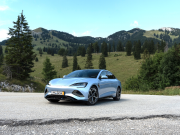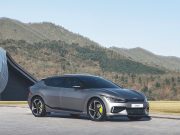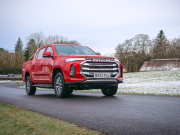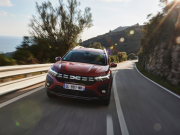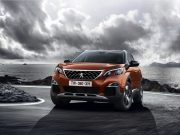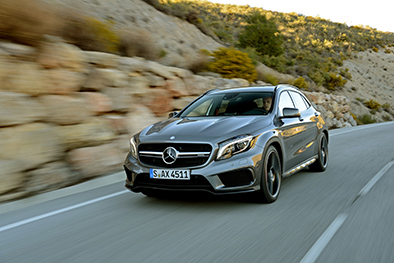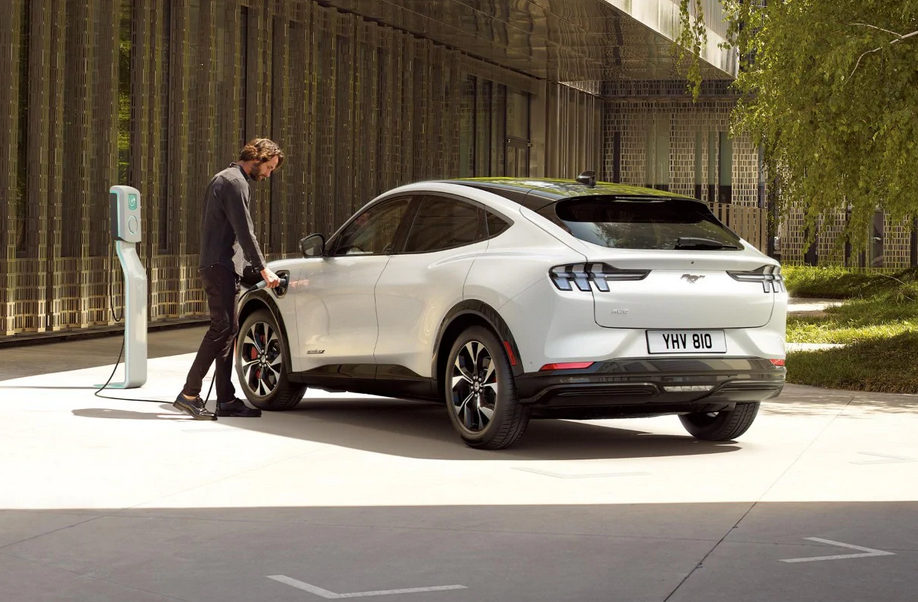 Ford recently announced it is continuing to invest in an electrified future for its Valencia, Spain, operations with the new 2.5-litre Duratec hybrid engine that will be built at its engine plant from late 2022 and increased battery pack assembly capacity.
Ford recently announced it is continuing to invest in an electrified future for its Valencia, Spain, operations with the new 2.5-litre Duratec hybrid engine that will be built at its engine plant from late 2022 and increased battery pack assembly capacity.
“This is another step on Ford’s electrification journey, providing a bridge to an all-electric passenger vehicle future, and demonstrating our continuing commitment to our manufacturing operations in Valencia where we have invested around $3 billion since 2011,” said Kieran Cahill, vice president, Manufacturing, Ford of Europe.
From late 2022, Valencia Engine Plant will build the 2.5-litre Duratec hybrid engine for Europe which powers the Kuga PHEV as well as the Kuga, Galaxy and S-MAX Full Hybrid models. The 2.5-litre Atkinson cycle petrol engine is the first of its kind to be built by Ford in Europe and reinforces the importance of PHEV and full hybrid vehicles in Ford’s current and future vehicle line-up in Europe.
The 2.5-litre Duratec hybrid engine – which is built currently at Ford’s Chihuahua Engine Plant in Mexico – will be manufactured in Valencia alongside the 2.0-litre and 2.3-litre EcoBoost petrol engines for which demand remains strong.
Ford also confirmed an additional €5.2 million to support increased battery pack assembly capacity at Valencia following an initial €24 million investment announced in January 2020, with the facility starting operation in September last year. The extra capacity is required to support increased demand for current and future electrified vehicle production.
Earlier this year, Ford announced it is investing at least $22 billion globally in electrification, nearly twice the company’s previous electric vehicle investment plans, and that it investing $1 billion to create the Ford Cologne Electrification Center in Germany for the manufacture of electric vehicles, the company’s first such facility in Europe. Ford’s first European-built, volume all-electric passenger vehicle will be built at the facility in 2023, with the potential for a second all-electric vehicle under consideration.
By mid-2026, 100 percent of Ford’s passenger vehicle range in Europe will be zero-emissions capable, all-electric or plug-in hybrid, moving to all-electric by 2030. As Ford moves to an all-electric passenger vehicle future, European consumer preferences continue to change. In 2020, 39 percent of Ford’s passenger vehicle sales were SUVs and crossovers – up eight percentage points from 2019. Moreover, customers are showing more confidence in electrification technologies, with more than 50 percent of Kuga owners purchasing a Kuga PHEV.
As a result of this growing change in customer preference, Ford will phase out the Mondeo, its large car, at the end of March next year. Ford’s other large crossover and multi-purpose vehicles – the seven-seat Ford Galaxy and Ford S-MAX – will continue in production, with full hybrid versions of both recently launched.
Launched in 1993, the Mondeo was the first Ford vehicle to be hailed as a “global” car, intended to consolidate a number of Ford models around the world. Since its launch in Europe where it replaced the Ford Sierra, Mondeo sales have reached around five million to date.
Ford is fully committed to evolving its passenger vehicle portfolio in Europe, strengthening its position with vehicles like the Kuga, Puma and Explorer PHEV. The company is introducing new nameplates into Europe, with the outstanding all-electric Mustang Mach-E just being launched – and including the Mustang Mach-E GT coming later this year – and its first all-electric volume passenger vehicle coming to market in 2023.












